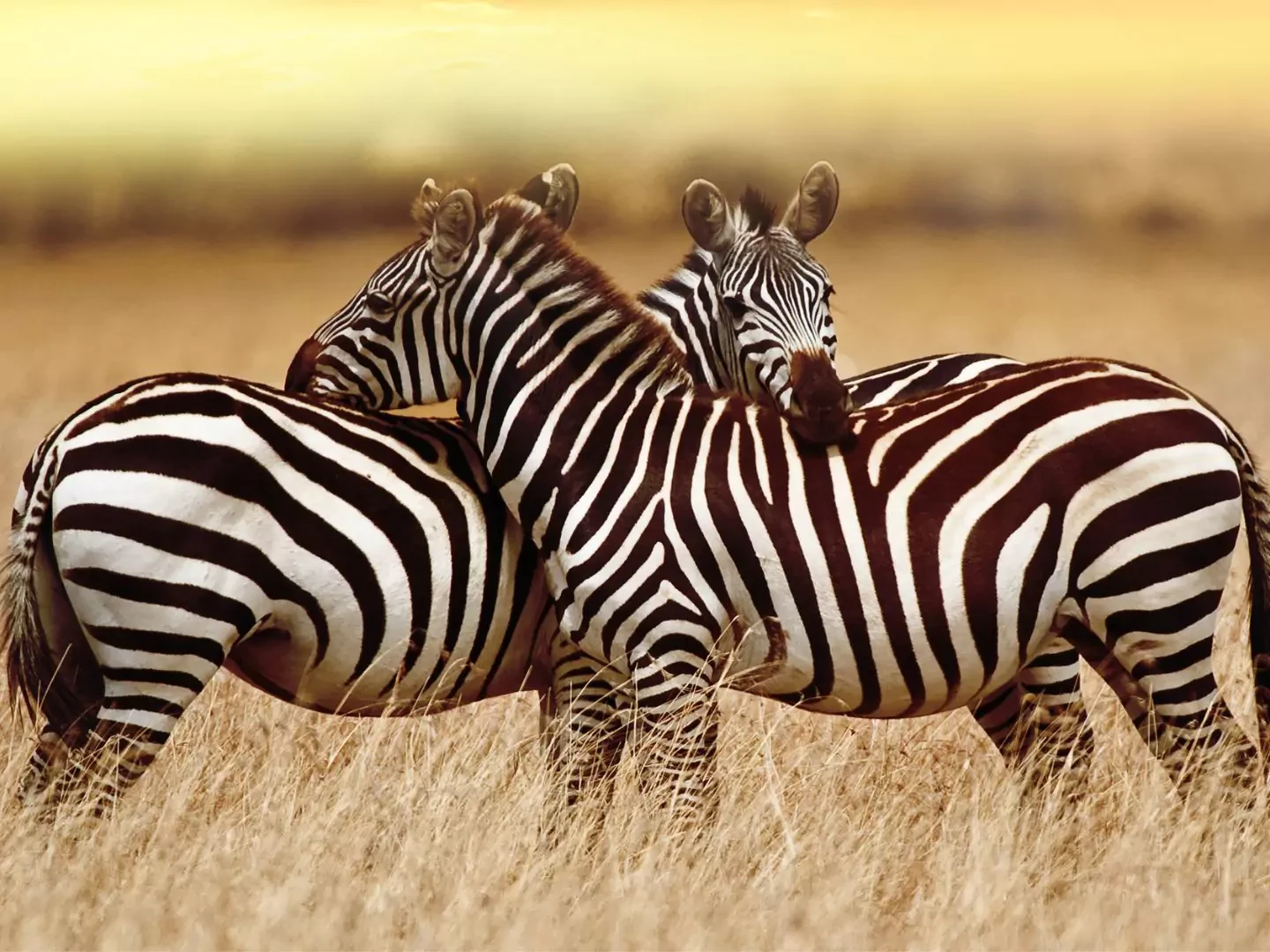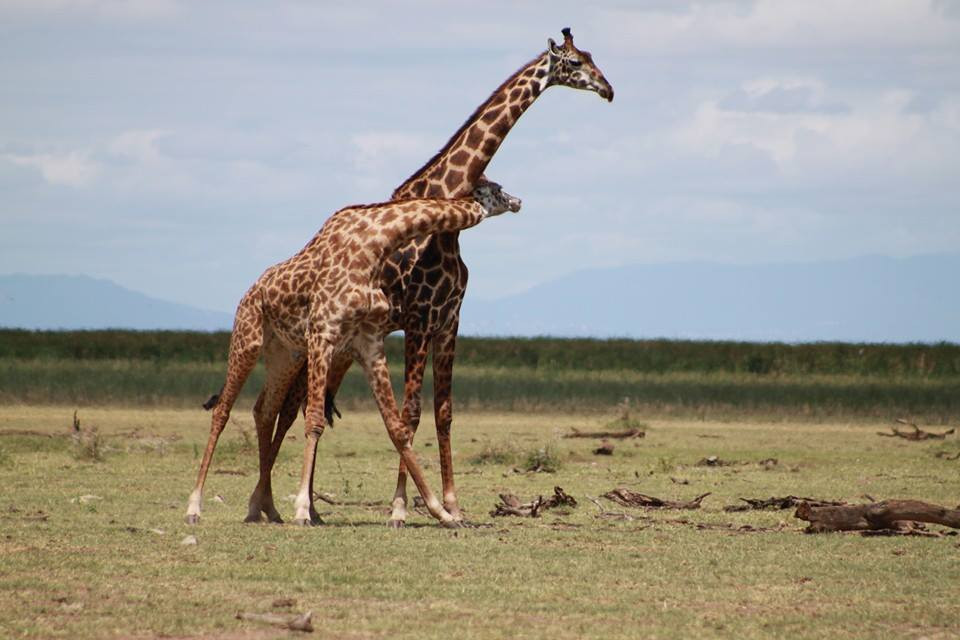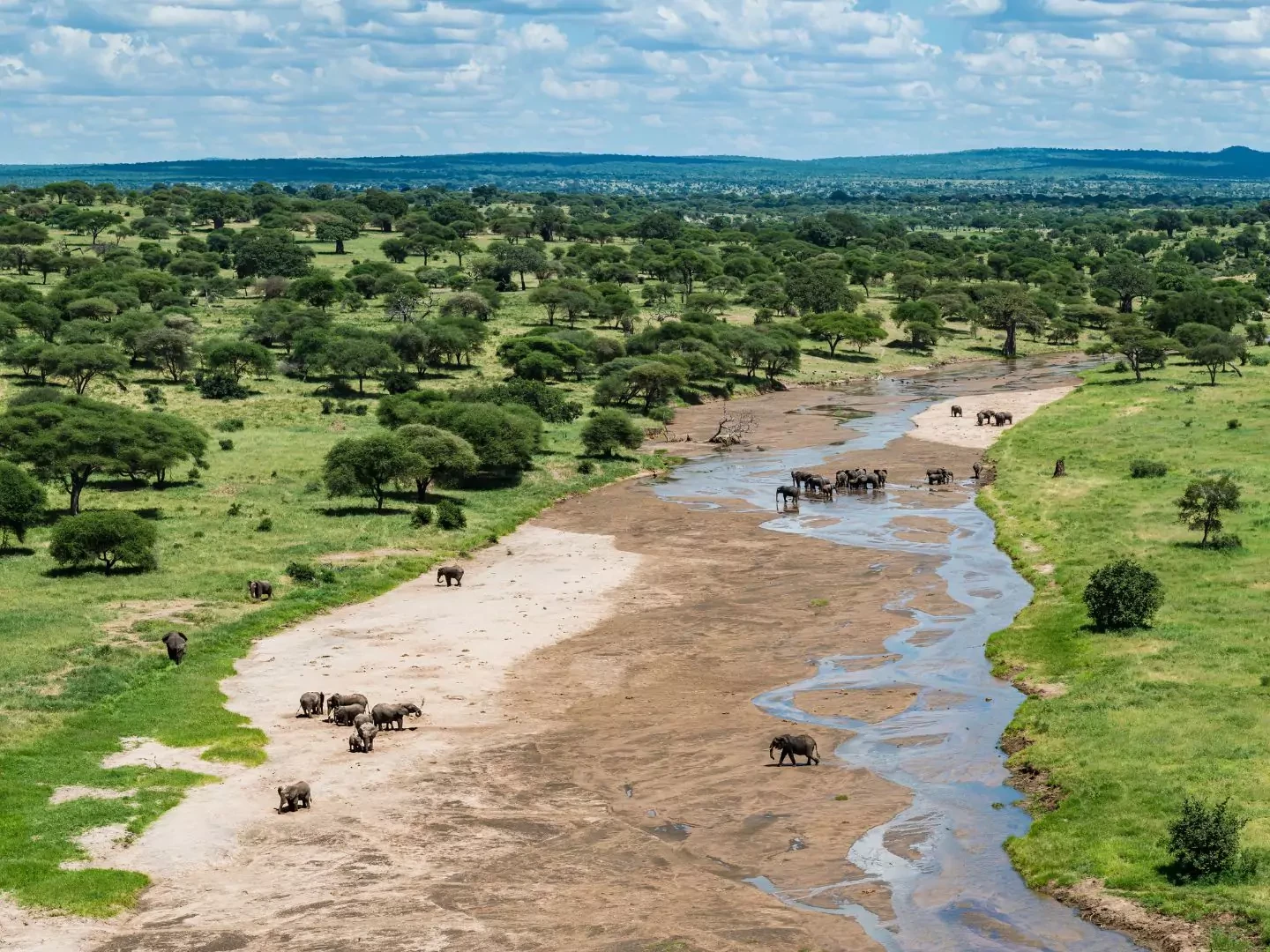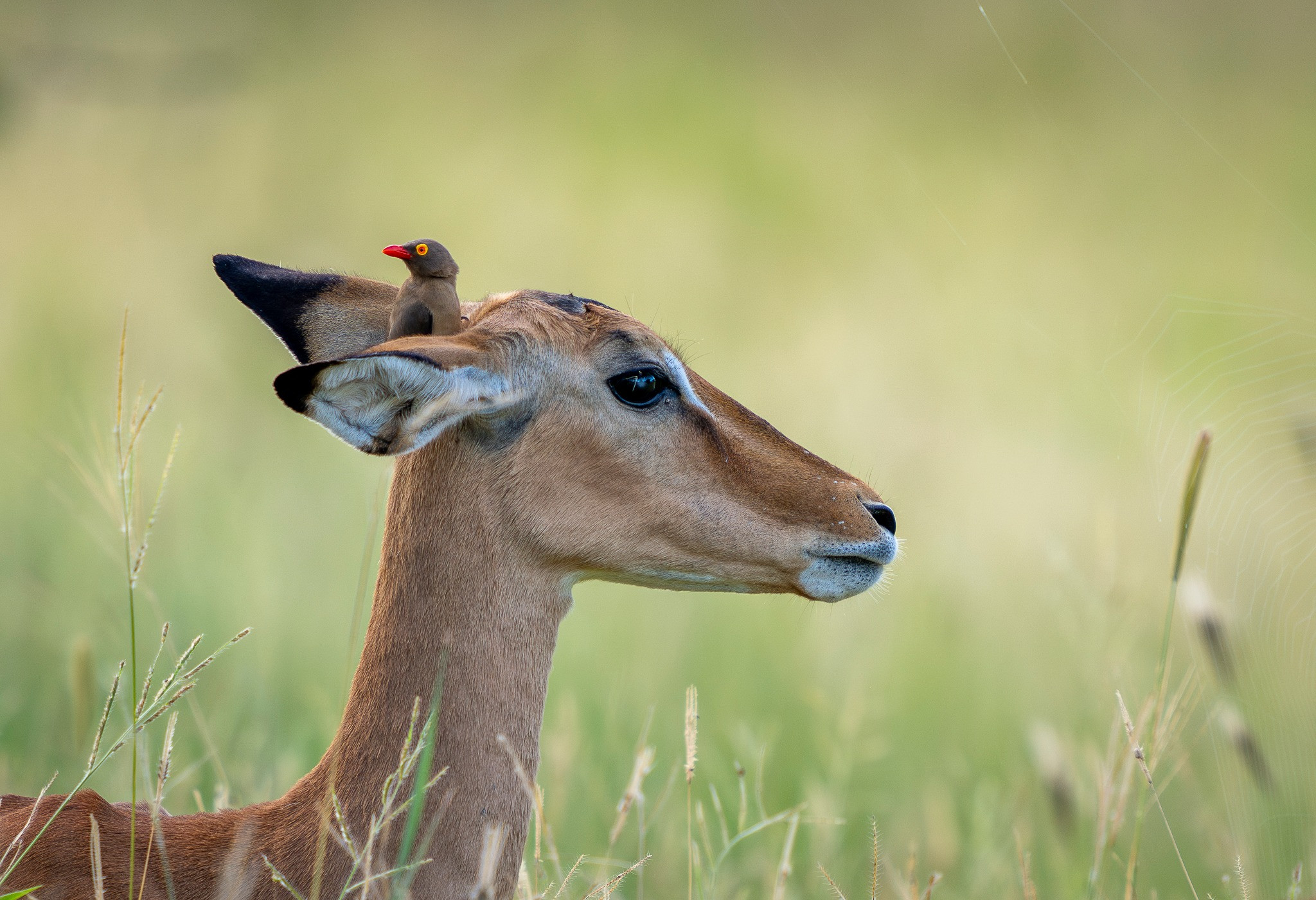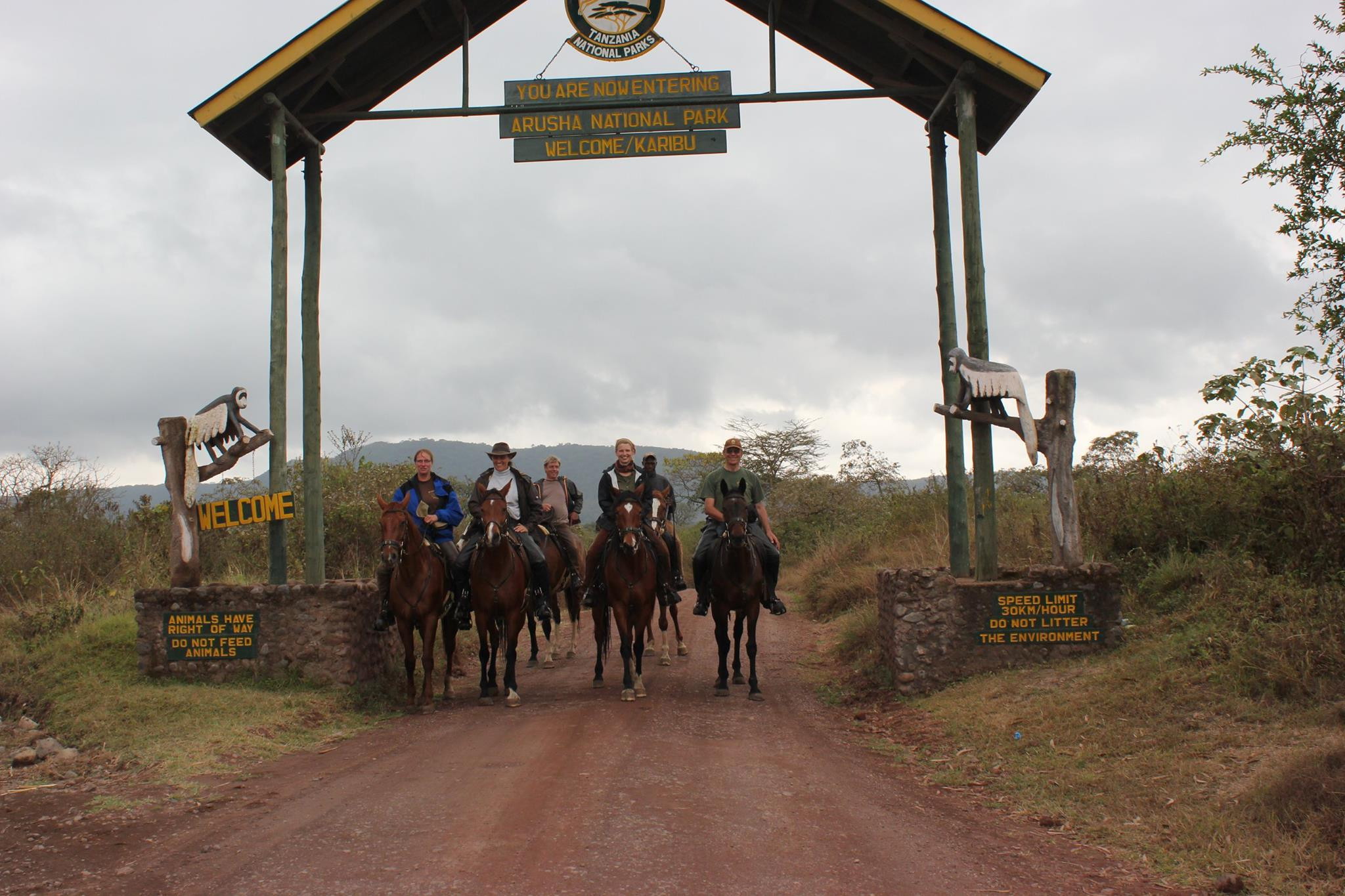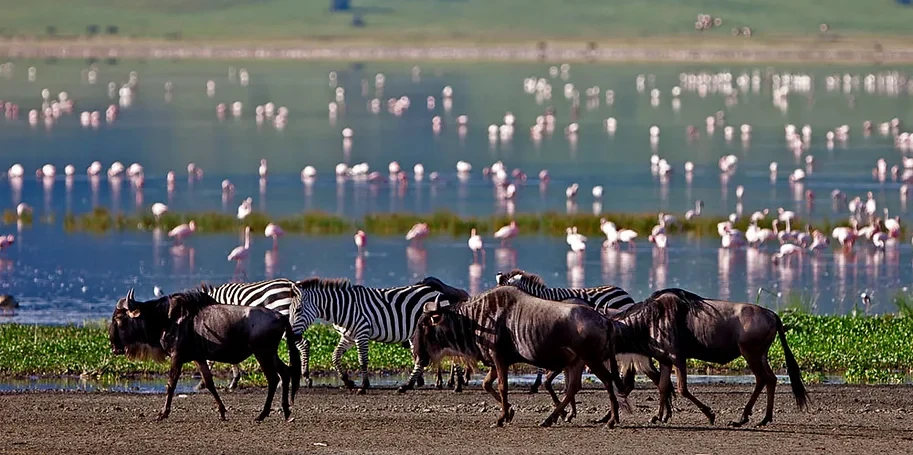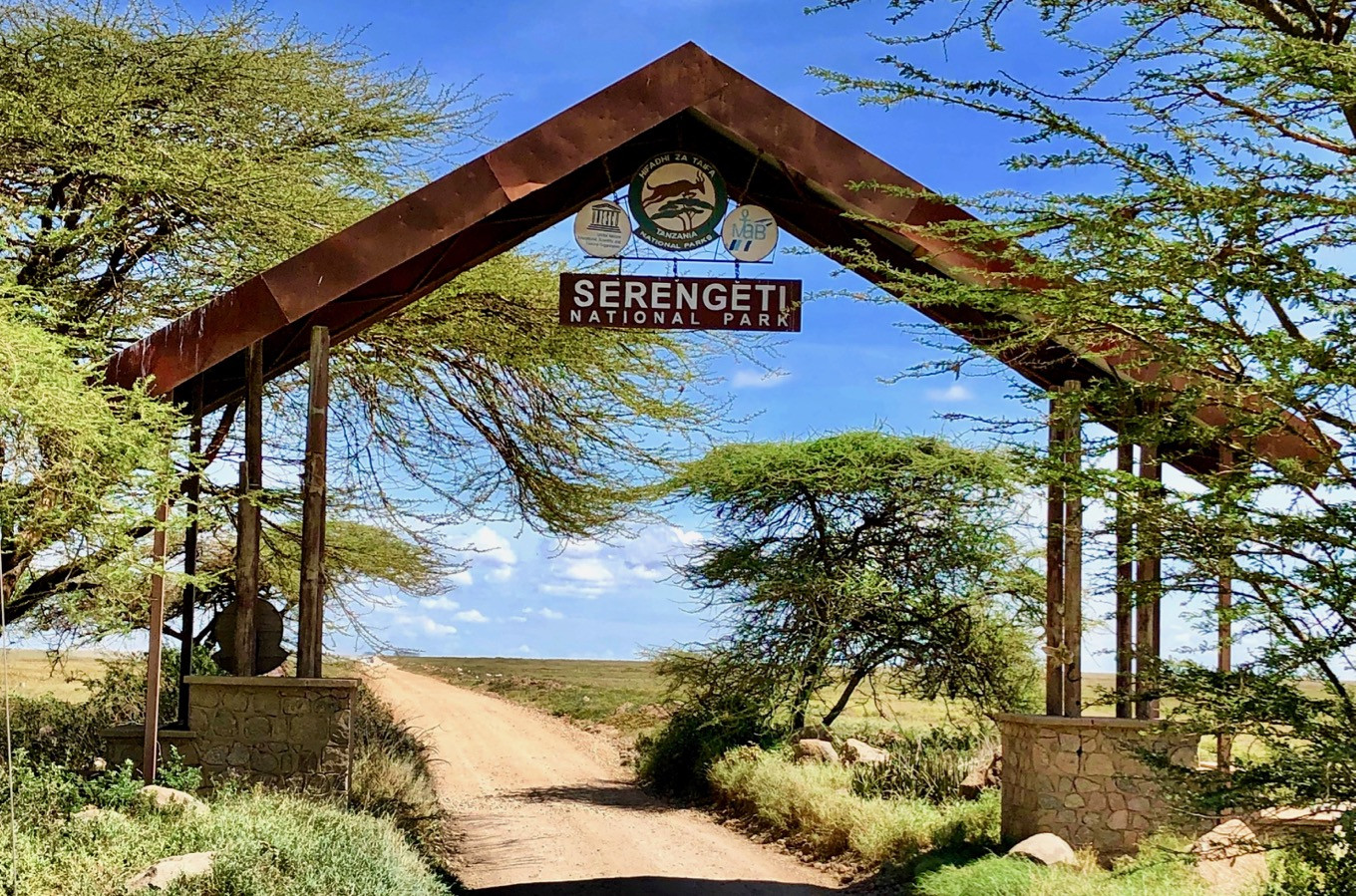Tarangire National Park
The climate in Tarangire National Park is characterized by a dry season from June to October and a wet season from November to May. During the dry season, the park transforms into a wildlife hotspot as animals gather around the Tarangire River in search of water, providing excellent game viewing opportunities. The wet season, on the other hand, brings lush greenery and migratory bird species to the park.
Wildlife at Tarangire National Park
Tarangire National Park is home to a diverse range of wildlife, making it a must-visit destination for nature enthusiasts. The park boasts an impressive array of animals, including elephants, lions, zebras, giraffes, and wildebeests, among others. As you explore the park, you'll have the opportunity to witness these magnificent creatures in their natural habitat, going about their daily routines.
From the majestic herds of elephants roaming the plains to the graceful giraffes gracefully munching on leaves from the treetops, every moment spent in Tarangire National Park is a chance to immerse yourself in the wonders of the animal kingdom.
When to go
This is a year-round park with distinct seasons offering different experiences, from dry and dusty with animals clustered around shrinking water holes and the trickle of Tarangire River, to the green season full of newborn animals and chattering birds.
Getting there
By Air
There is an airstrip at Kuro in the center of the Park with daily scheduled flights to all main safari destinations in Tanzania.
By Road
The journey from Arusha is on a good road and only takes about 1 1/2 hours to the Main Gate in the north. For this reason, safaris often begin here. There is also an entry gate at Boundary Hill on the eastern side of the Park to service people staying at camps and lodges in community areas outside the Park, and a gate at Sangaiwe on the western side with easy access from the main road to Dodoma.

